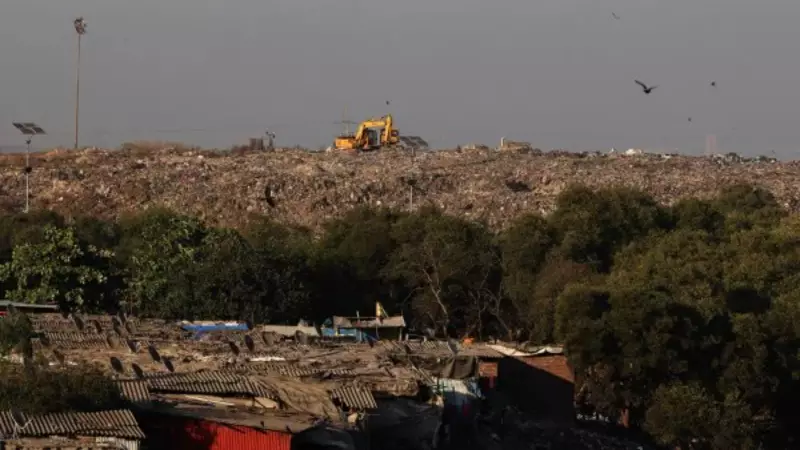
The City of Dreams witnessed an environmental hangover following the Diwali festivities, as municipal authorities revealed staggering waste generation figures that highlight the city's ongoing garbage management challenges.
According to data released by the Brihanmumbai Municipal Corporation (BMC), Mumbai produced a massive 3000 metric tonnes of additional garbage during the Diwali week compared to regular periods. The post-festival cleanup operation exposed the sheer scale of waste generated by one of India's most vibrant celebrations.
Breaking Down the Diwali Debris
The waste composition presented a mixed picture of Mumbai's celebration patterns:
- 150 metric tonnes consisted specifically of firecracker waste
- Significant quantities of plastic packaging and disposable items
- Traditional organic waste from festival preparations
- Increased commercial waste from markets and shopping areas
Municipal officials noted that while the total additional waste was substantial, there was a noticeable reduction in firecracker-related debris compared to previous years, suggesting a gradual shift toward more environmentally conscious celebrations.
BMC's Massive Cleanup Operation
The civic body mounted an extensive cleanup drive across all 24 municipal wards, deploying additional manpower and resources to handle the festival surge. Cleaning staff worked extended hours to ensure that the city returned to normalcy quickly following the celebrations.
"Our teams were prepared for the post-Diwali cleanup challenge," stated a BMC official. "While the numbers are significant, we've observed better waste segregation practices among residents compared to previous years."
Environmental Impact and Citizen Responsibility
The waste generation figures serve as a crucial reminder of the environmental footprint of large-scale festivals. Environmental activists have long advocated for more sustainable celebration methods, emphasizing that reduced waste generation is as important as efficient waste management.
The BMC data provides valuable insights for future planning, helping authorities prepare better for festival-related waste management and encouraging citizens to adopt more eco-friendly celebration practices.





